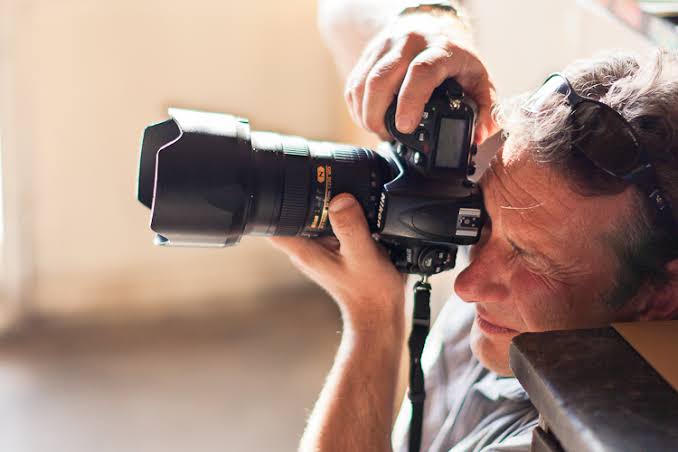**Portrait Photography: Capturing the Essence of Humanity**
Portrait photography is a form of visual art that goes beyond taking a picture of someone. Its about exploring their true self, character and feelings. This type of photography seeks to showcase the subjects world offering a glimpse into who they are, what theyve been through and what makes them unique. To excel in portrait photography one must pay attention to factors such as framing, lighting and building a connection with the person being photographed.
**Understanding the Subject**
To excel in portrait photography it's crucial to connect with the subject on a level. Each person has their own story and a compelling portrait should showcase that narrative. Prior to reaching for the camera invest time in getting to know the person by exploring their history, passions and feelings. This rapport building leads to capturing an authentic expression instead of a staged pose.
**The Importance of Composition**
In portrait photography the arrangement of elements is key. It involves capturing the subject in a way that accentuates their features and conveys a narrative. Timeless compositional methods like the rule of thirds, leading lines and framing can elevate the portraits impact. For example the rule of thirds suggests placing the subject off center for a more dynamic and captivating image.
When thinking about composition it's important to consider the background. A busy or distracting backdrop can steal the spotlight from the subject. Choose backgrounds that enhance the subjects presence and provide context to their story. Often a simple unobtrusive setting works best allowing the subject to take center stage.
**Lighting Techniques**
Lighting plays a role, in portrait photography having an impact on the atmosphere and vibe of the image. Soft sunlight or the golden hour often produces a pleasing and subtle effect. Incorporating light can bring warmth and genuineness to the portrait. Conversely artificial lighting provides control and adaptability. Studio lights can be modified to achieve effects ranging from shadows to soft, uniform brightness. For example employing Rembrandt lighting which creates a triangle of light on the cheek opposite the light source can enhance the subjects facial features by adding depth and dimension.
**Posing and Interaction**
Posing plays a role, in portrait photography. The key is to direct the person into comfortable and natural poses that showcase their character. Steer clear of rigid or formal stances. Instead focus on capturing relaxed and sincere expressions. It's important to communicate with the person giving them guidance while also allowing room for their self expression.
Interacting with the subject can further enhance the capture of emotions. Strike up conversations or use prompts to elicit responses. This method often leads to more spontaneous and captivating portraits.
**Post-Processing**
The stage in portrait photography is known as post processing. It's the phase where the image gets its final touch ups and enhancements. Programs such as Adobe Lightroom or Photoshop provide tools to improve portraits. Tweaking settings like exposure, contrast and color balance can really make the photograph shine. Additionally, retouching can help even out skin tones or fix flaws. However it's important to do this subtly to preserve the look of the subject.
**Ethical Considerations**
When it comes to photography there are ethical aspects to consider. Its crucial to honor the subjects privacy and self respect. Always obtain permission before capturing and utilizing their photos and be open about the intended use of those images. Upholding the subjects preferences and fostering their trust is essential, for ethical portrait photography.
**Exploring Different Styles**
Portrait photography offers a range of styles to explore. Traditional portraits typically feature poses and lighting. On the hand environmental portraits showcase subjects in their surroundings adding context and depth to their story. Candid shots capture people in moments revealing their authentic selves.
Trying out styles can aid in crafting a style that resonates with both the photographer and the subject. Each style comes with its set of techniques and challenges, enhancing the diversity of portrait photography.
**Conclusion**
Portrait photography is a way to capture and express the essence of being human. By getting to know the subject, perfecting composition and lighting, guiding poses and adhering to ethics photographers can craft portraits that are both captivating and impactful. This form of art is about more than just showing what someone looks like; it aims to create a bond with the audience offering a glimpse into the subjects inner self and narrative. Whether using styles or fresh techniques portrait photography stands out as a meaningful means to honor and record the beauty of existence.
